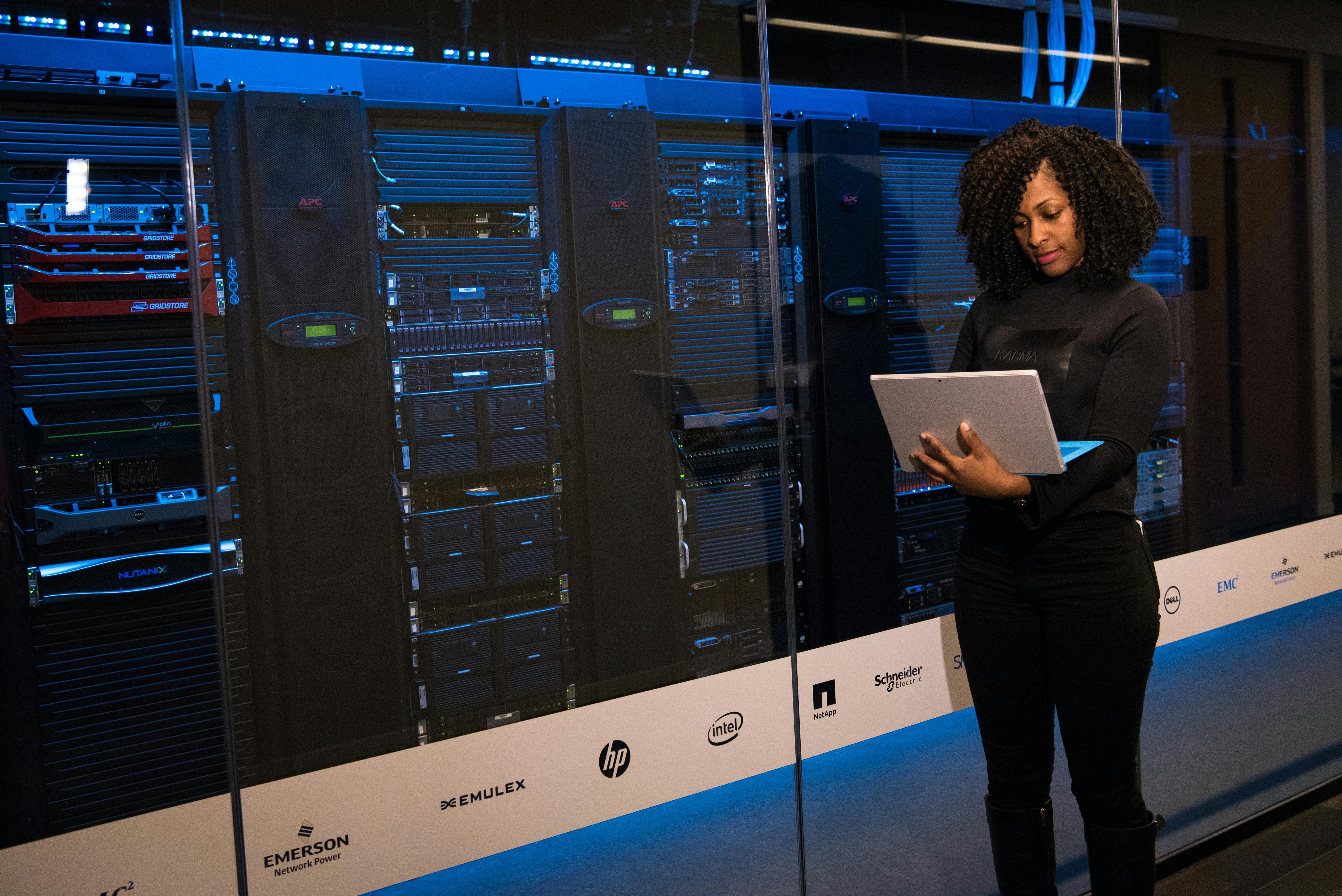Vitamin B6 (Pyridoxine) in Sports: Science, Practical Use, and How to Optimize Performance Vitamin B6 (Pyridoxine) in Sports: Science, Practical Use, and How to Optimize Performance Detailed evidence-based guide for athletes, coaches, and fitness-minded people. Key Roles Evidence & Studies Food Sources Dosage & Safety Practical Protocol FAQ Introduction Vitamin B6 (collective name for pyridoxine, pyridoxal, pyridoxamine and their phosphorylated forms; active coenzyme = pyridoxal 5'-phosphate — PLP) is a water-soluble B vitamin that participates in more than 100 enzymatic reactions in human metabolism. For athletes and active people, B6's roles in amino-acid metabolism, glycogen utilization, neurotransmitter synthesis, and hemoglobin production make it especially relevant to performance, recovery, and resilience. This article explains those mechanisms, summarizes the scientific e...
Can Technology Cause Cancer? Myths, Facts, and Scientific Evidence

In an era where smartphones, laptops, and wireless devices have become extensions of our daily lives, a growing concern has emerged: Can technology cause cancer? The conversation often centers on electromagnetic fields (EMFs) emitted by devices, the impact of long-term exposure, and whether modern innovations pose a hidden health risk. This article dives deep into the myths, scientific facts, and preventive measures to help you make informed decisions.
Understanding the Concern
The fear that technology may cause cancer largely stems from the fact that many devices emit non-ionizing radiation. This includes radiofrequency (RF) energy from cell phones, Wi-Fi routers, and Bluetooth gadgets. Unlike ionizing radiation (such as X-rays or gamma rays), non-ionizing radiation does not directly damage DNA, which is the primary trigger for cancer development.
The Science Behind EMF and Health Risks
According to the World Health Organization (WHO), the type of radiation emitted by consumer electronics is considered too weak to break DNA strands. However, in 2011, the International Agency for Research on Cancer (IARC) classified RF electromagnetic fields as “possibly carcinogenic to humans” (Group 2B), based on limited evidence linking heavy mobile phone use to certain brain tumors.

What the Research Says
- Mixed Evidence: Some studies suggest a possible link between prolonged, heavy use of cell phones and certain types of brain cancer, while others find no statistically significant association.
- Animal Studies: Large-scale studies on rats and mice have shown a slight increase in cancer risk at extremely high exposure levels — far beyond what humans typically experience.
- Current Consensus: Mainstream scientific consensus is that typical exposure levels from technology are too low to cause cancer directly, but long-term effects remain under study.
Common Myths About Technology and Cancer
- Myth: All radiation is dangerous.
Fact: Only ionizing radiation is proven to cause DNA damage; most consumer tech emits non-ionizing radiation. - Myth: Sleeping next to your phone will cause cancer.
Fact: No scientific evidence supports this, though keeping devices away while sleeping can improve rest quality. - Myth: Wi-Fi routers are a major cancer risk.
Fact: The RF energy from routers is far below safety limits set by international guidelines.

Practical Tips for Safer Technology Use
Even if risks are minimal, it’s wise to practice precautionary measures, especially if you’re concerned:
- Use speakerphone or wired headsets instead of holding your phone to your ear for long calls.
- Keep devices a short distance from your body when not in use.
- Limit children's screen time and direct device contact, as their bodies are more sensitive.
- Place Wi-Fi routers away from high-traffic living areas.
- Follow manufacturer safety instructions on device usage.
Technology, Health, and Lifestyle Balance
Beyond cancer concerns, excessive technology use can contribute to other health problems like eye strain, poor posture, and reduced physical activity. Maintaining a balanced lifestyle — including regular breaks, outdoor activities, and physical exercise — is essential for overall well-being.
The Bottom Line
While the current body of scientific evidence does not conclusively prove that technology causes cancer, ongoing research ensures we remain informed about potential long-term effects. Practicing safe tech habits is a smart choice, not only for peace of mind but also for overall health improvement.
